Statistics Assignment: Data Analysis and Regression Analysis
VerifiedAdded on 2020/04/07
|5
|1956
|202
Homework Assignment
AI Summary
This statistics assignment presents a comprehensive analysis of data using Microsoft Excel. Task 1 focuses on descriptive statistics, including mean, median, mode, range, variance, and standard deviation, applied to different business types. It involves constructing frequency and relative frequency distributions and histograms, followed by a discussion of the results and an ANOVA test to determine significant differences in startup costs. Task 2 delves into multiple regression analysis, using data from All Greens Pty Ltd. The assignment requires the student to present the regression equation, assess model fit, test hypotheses about variable relationships, interpret individual slope coefficients, construct confidence intervals, and test for the significance of slope coefficients. Finally, the student must predict annual sales for a given franchisee scenario using the developed regression model. The assignment provides a practical application of statistical concepts to real-world business scenarios, demonstrating skills in data analysis, interpretation, and statistical modeling.
1 out of 5
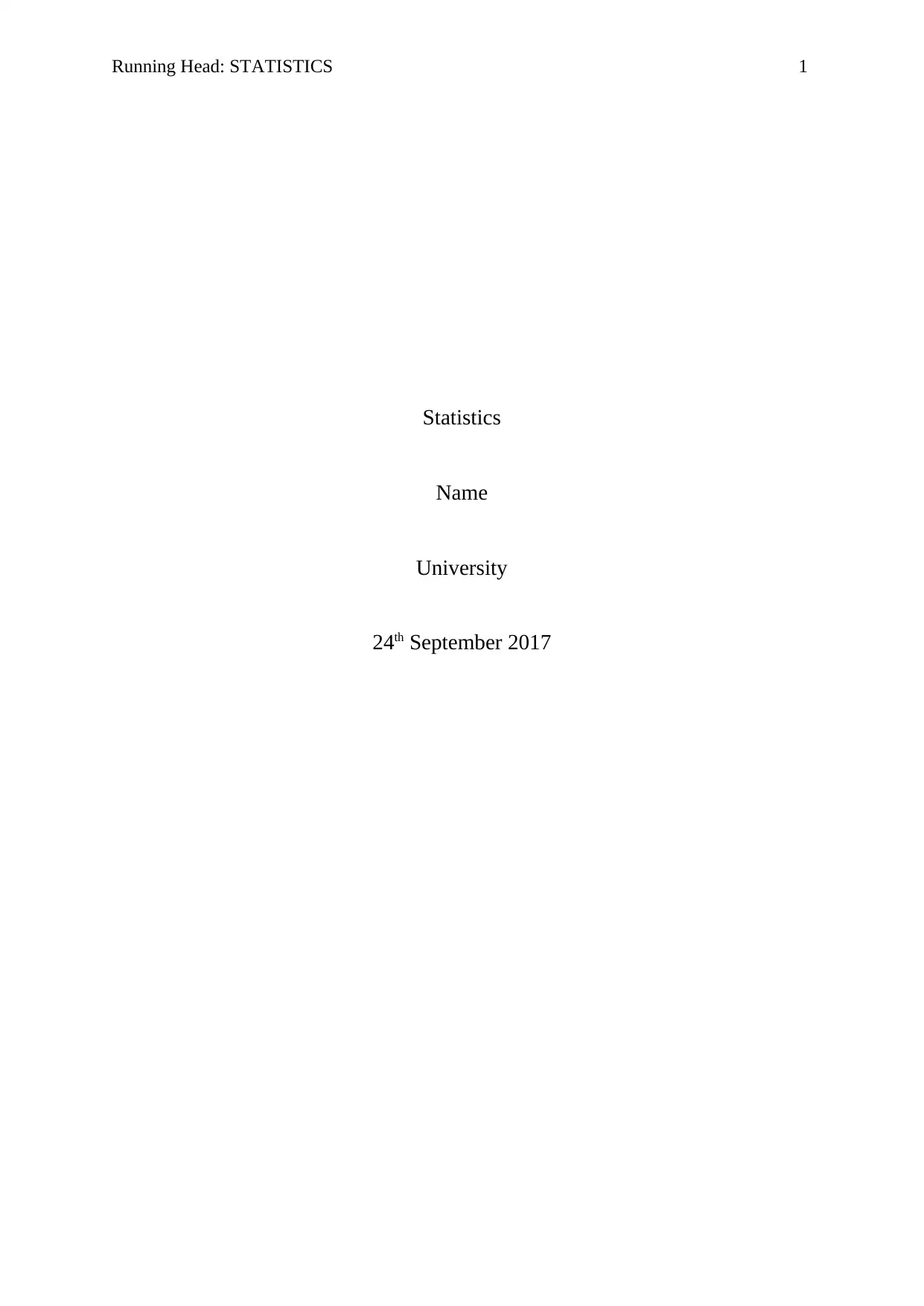
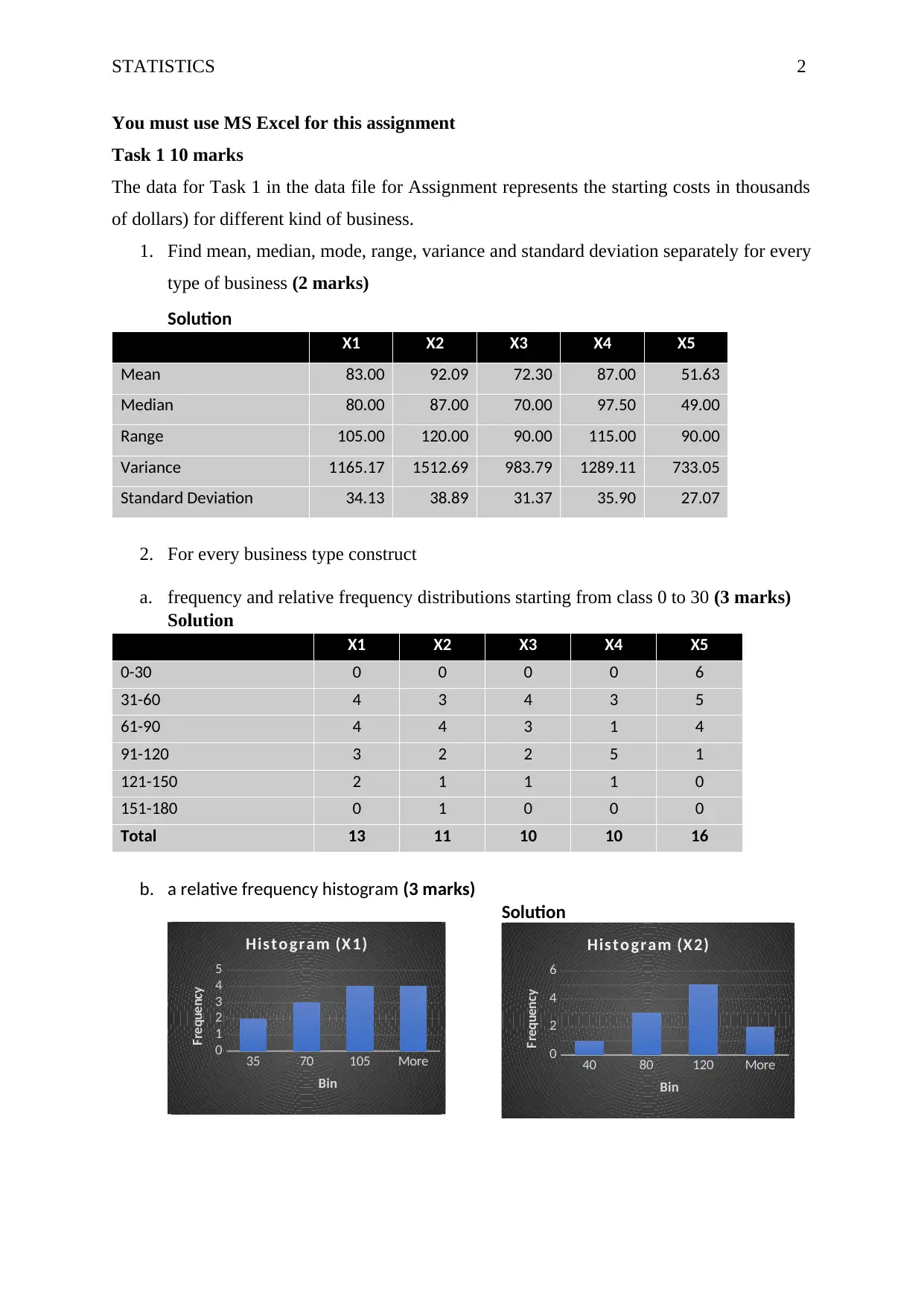
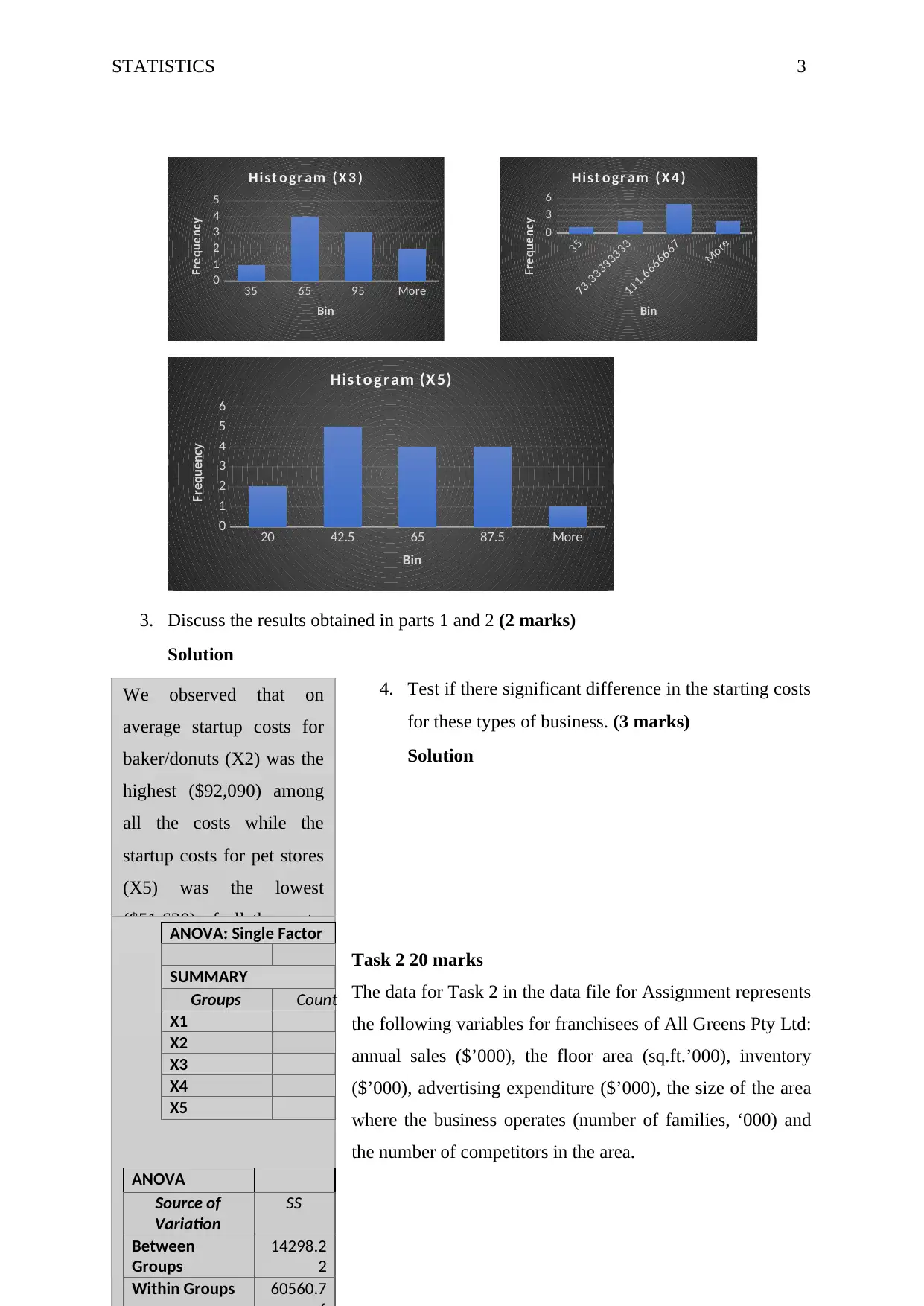

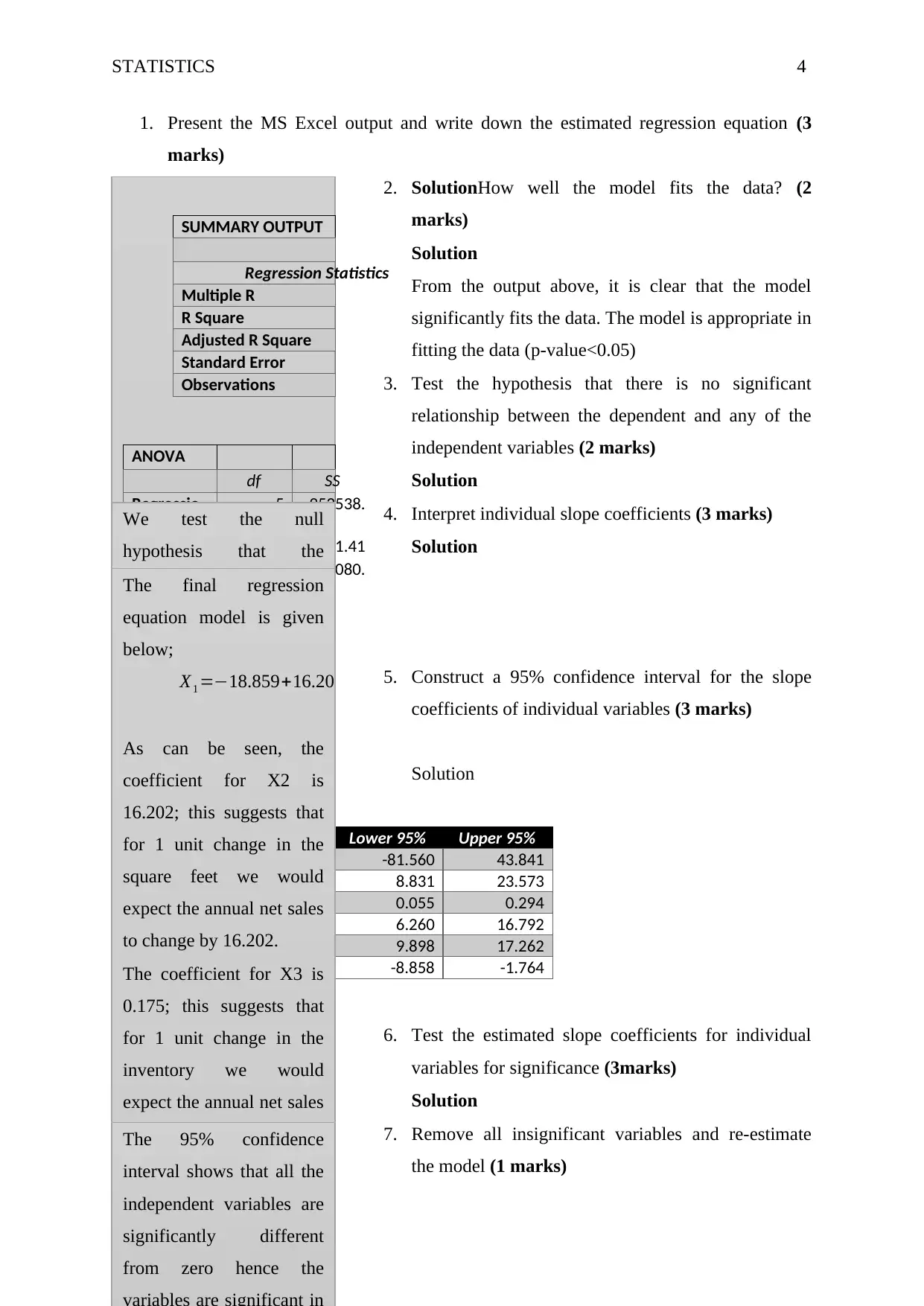
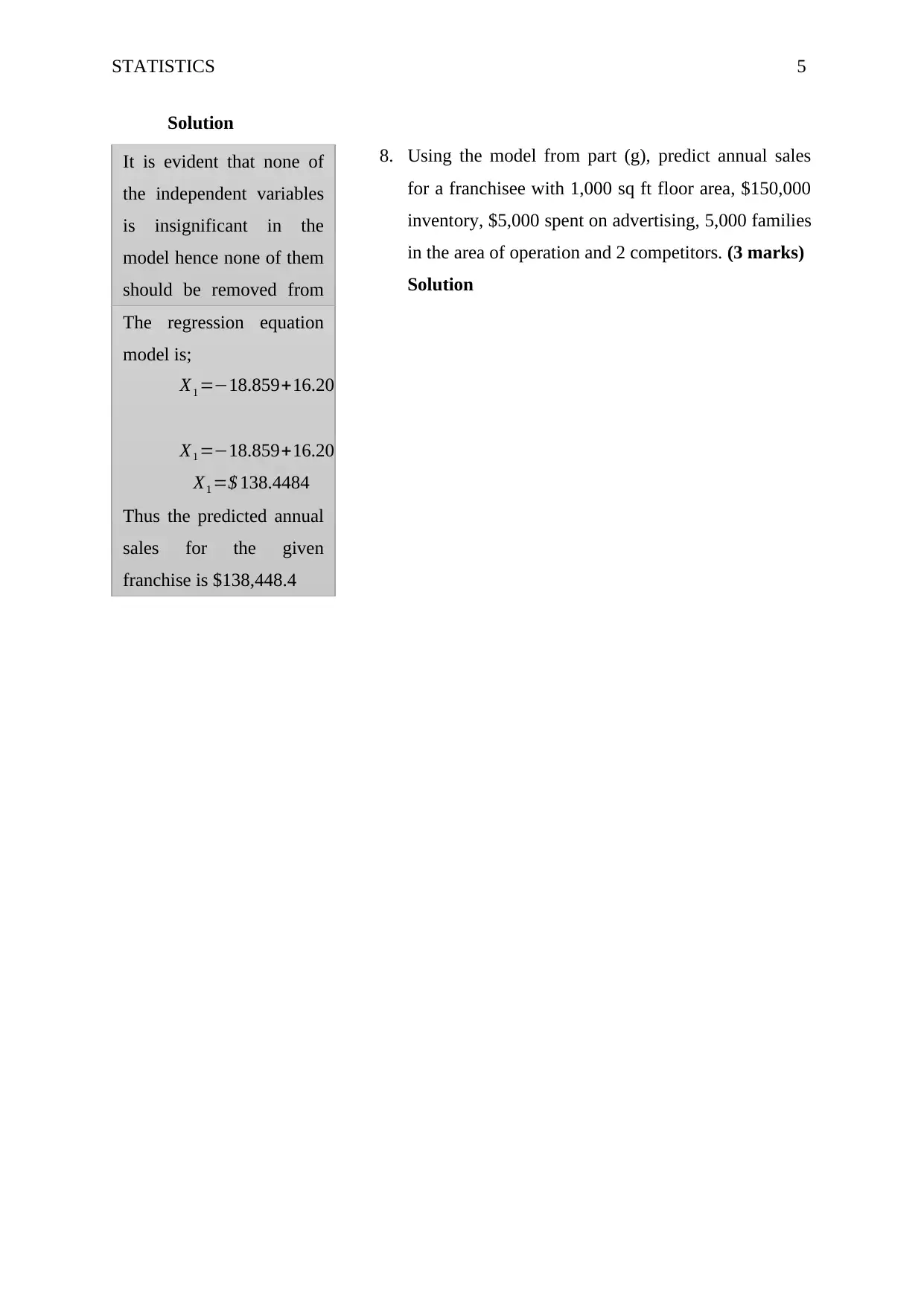






![[object Object]](/_next/static/media/star-bottom.7253800d.svg)